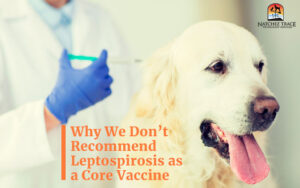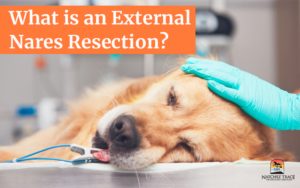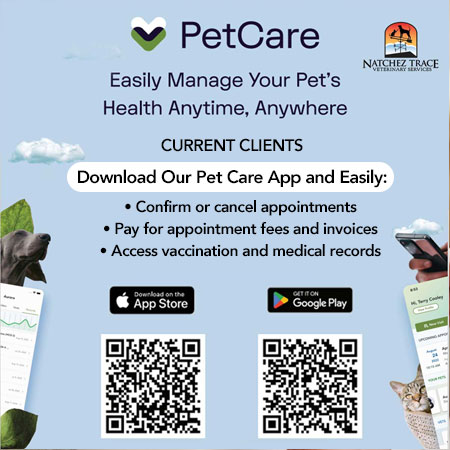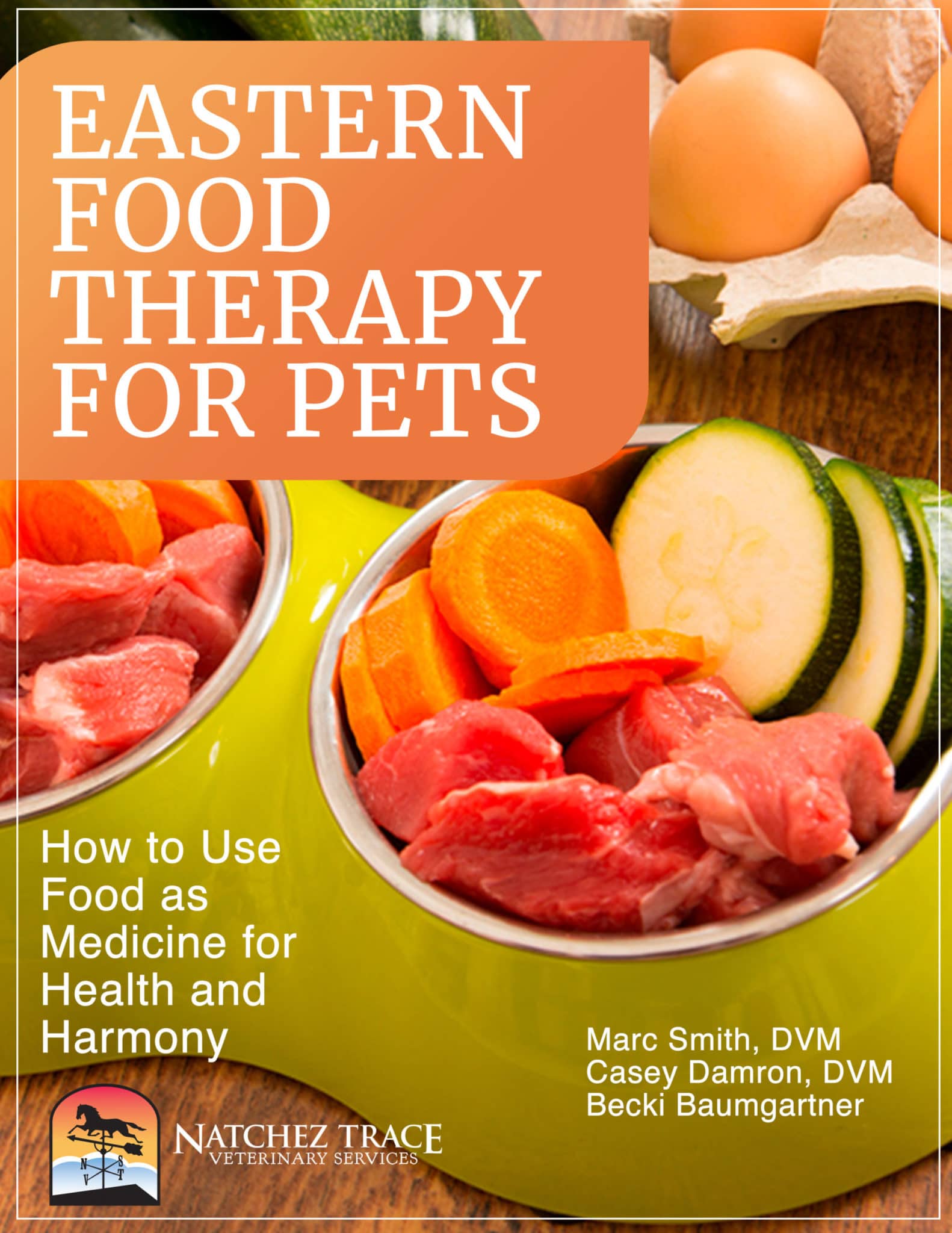Puppies are CHEWING machines! Fortunately, with just a little time and effort you can learn how to stop puppy chewing problems.
Puppies have a very strong inherited tendency to investigate their surroundings.
Being able to stop puppy chewing problems depends on how effectively you can channel your puppy’s energy toward acceptable chews, rather than unacceptable items.
Teething Puppies
Puppies begin teething between the ages of three and six months.
Just like babies, puppies chew to relieve some of the discomfort associated with the eruption of the permanent teeth.
Puppies also chew as a form of play and to explore their environment.
It makes little difference to a puppy whether it chews on a toy or on a pair of your favorite shoes.
Your puppy needs help and direction in chewing on what is appropriate and what is not.
The teething period (3 months of age) and the time the permanent teeth become set in the jaw (6-12 months of age) are the distinct periods when excessive chewing is most likely to occur.
Puppies Learn by Chewing
A young puppy will also continually attempt to investigate objects with its mouth.
This is the age that your puppy must be taught what is acceptable to chew and what is not!
Many puppy owners make the mistake of providing chewable objects that, in texture, resemble valued objects.
This is the cause of many puppy chewing problems.
Puppies cannot distinguish between a rawhide chew, an old shoe, and a good shoe!
If he or she learns that chewing any leather product is acceptable, then all leather products become fair game.
Ingestion of harmful objects is another important reason to stop puppy chewing problems at a young age.
Sometimes puppies must have surgery to remove ingested needles, bones, and small toys from their stomachs.
Tips to Avoid Puppy Chewing Problems
Below are some important tips to help you with your puppy:
- Never leave a puppy unattended unless it’s restricted to a damage-proofed area. We highly suggest airline-shipping crates for confinement during the first 4-8 weeks. This also helps greatly with housetraining. Click here to read about puppy crate training.
- Purchase NYLABONE. Never allow your puppy to chew on products that can be swallowed or chewed into splinters. We also recommend products like NATURE GNAWS as treats, because they help keep the teeth clean.
- When your puppy begins to chew something it shouldn’t, don’t correct it with a raised voice. Simply remove the object. Immediately offer your puppy one of its chews, but do not force it into his mouth. Simply place the chew before the puppy and praise.
- After your puppy is finished with the acceptable chew, spray the unacceptable item with rubbing alcohol or Bitter Apple and place it in its mouth. Praise your puppy when it spits it out the unacceptable item. Repeat several times. If your puppy doesn’t spit out the unacceptable item, generously spray a cotton ball with the rubbing alcohol or Bitter Apple and place it briefly in its mouth. Then follow with the unacceptable item. Give your puppy a soda cracker afterward to help clear the unpleasant taste.
- Periodically take your puppy (never call it) to the unacceptable items that it has previously chewed. Remind your puppy to stay away by very lightly spraying the unacceptable items with the rubbing alcohol or Bitter Apple, then inserting it into the puppy’s mouth. Praise your puppy lavishly when it avoids or spits out the unacceptable item.
If your pet chews or eats something, which you think could be potentially harmful, call our clinic or the Animal Poison Control Center for advice. The Animal Poison Control Center hotline is (888) 426-4435.
Did you know we offer holistic puppy care and telemedicine? Contact us to learn more!








